Throughout history, many individuals have made significant contributions that have profoundly impacted the world, yet their names are not always well-known. These lesser-known historical figures have driven advancements in science, technology, medicine, and social justice, often overcoming considerable obstacles. By exploring their remarkable achievements, we gain a deeper appreciation for the diverse forces that have shaped our modern world. Here are 15 such figures whose work and dedication have left an indelible mark on history.
Ada Lovelace
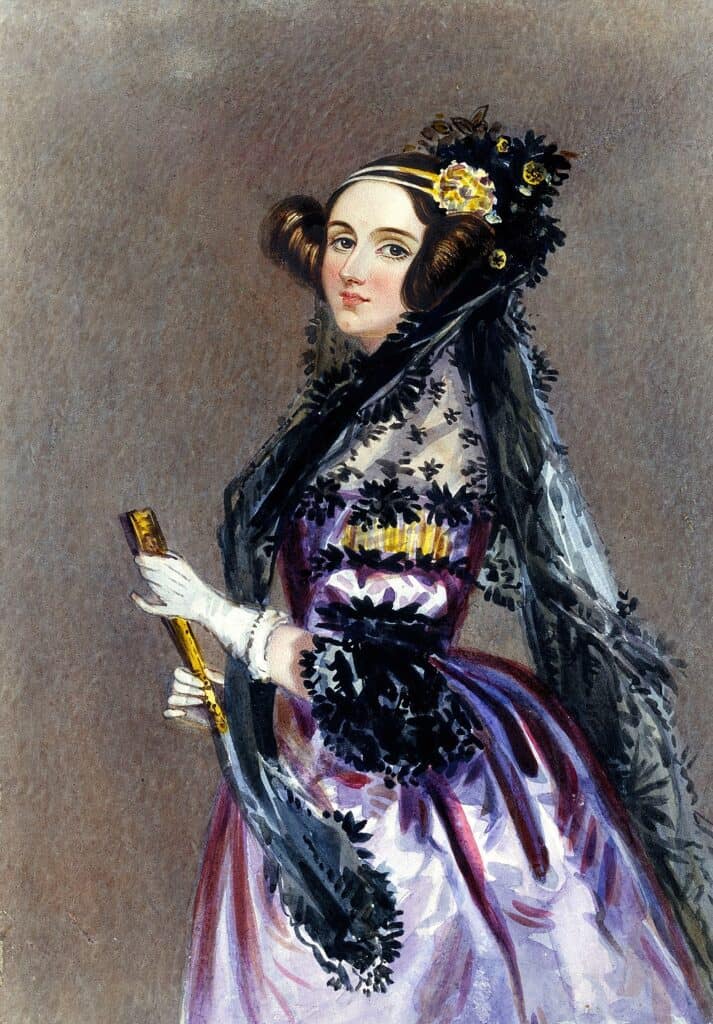
Ada Lovelace, born in 1815, is often considered the first computer programmer. She worked with Charles Babbage on his early mechanical general-purpose computer, the Analytical Engine. Lovelace’s notes on the engine include what is recognized as the first algorithm intended to be carried out by a machine. Her visionary ideas about the potential of computers to go beyond mere calculation were groundbreaking. Despite being largely unrecognized in her time, her work laid the foundation for modern computing.
Ignaz Semmelweis
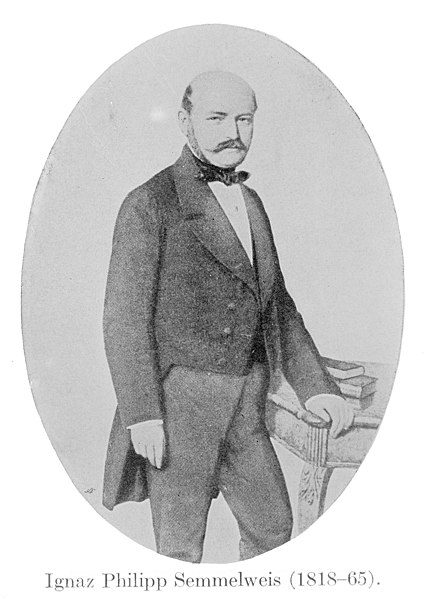
Ignaz Semmelweis, a Hungarian physician, drastically reduced the mortality rate of women giving birth by introducing handwashing with chlorinated lime solutions in 1847. His insistence on cleanliness in obstetrics wards, though initially ridiculed, proved lifesaving. Semmelweis’ observations predated the germ theory of disease, making his contributions all the more remarkable. Unfortunately, his ideas were not widely accepted until years after his death. His work is now recognized as a crucial step in the development of antiseptic procedures.
Hedy Lamarr

Hedy Lamarr, an Austrian-American actress and inventor, co-developed a frequency-hopping spread spectrum technology during World War II. This innovation aimed to make radio-guided torpedoes harder for enemies to detect or jam. Though her invention was not implemented during her lifetime, it laid the groundwork for modern wireless communication technologies, including Wi-Fi and Bluetooth. Lamarr’s dual legacy in entertainment and technology showcases her multifaceted genius. Today, she is celebrated as a pioneer whose contributions went unrecognized for too long.
Nikolai Tesla
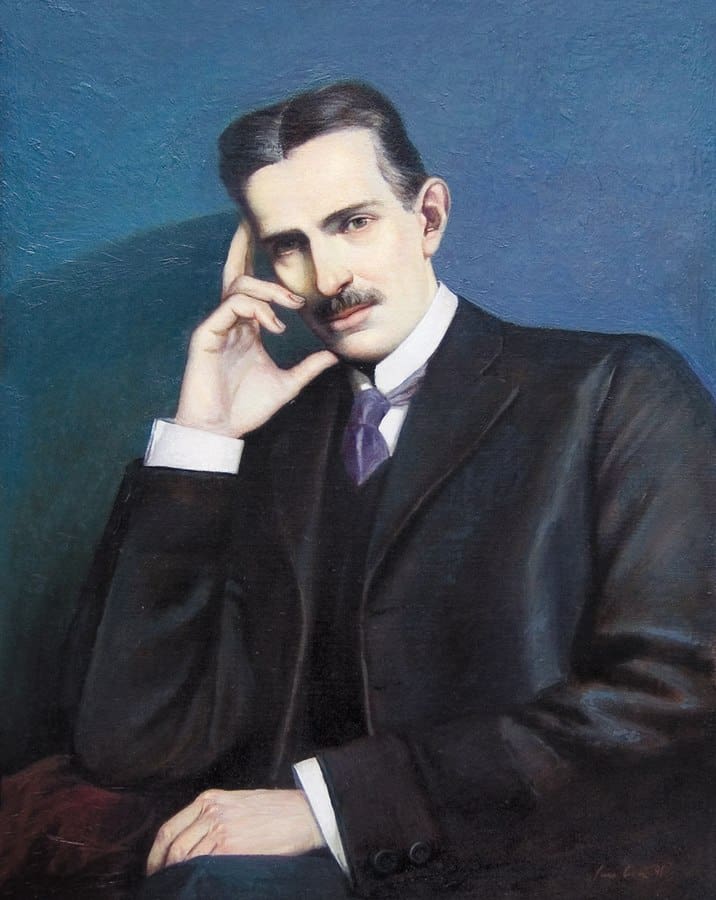
Nikolai Tesla, born in 1856, was an inventor and electrical engineer whose work on alternating current (AC) power systems revolutionized the way electricity is generated and distributed. Despite being overshadowed by contemporaries like Thomas Edison, Tesla’s contributions were critical in the development of modern electrical engineering. His inventions include the Tesla coil, used in radio technology, and early work on wireless communication. Tesla’s visions of wireless power and renewable energy were ahead of his time. Today, he is revered as one of the foremost inventors in history.
Rosalind Franklin
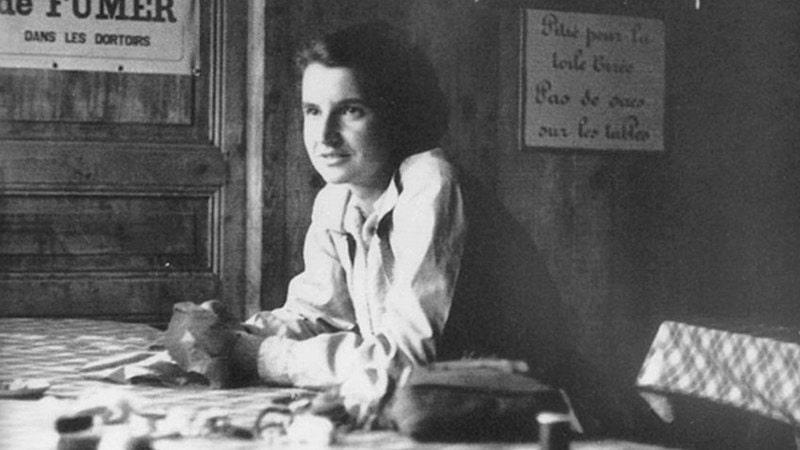
Rosalind Franklin, a British chemist, made critical contributions to the understanding of the molecular structures of DNA, RNA, viruses, coal, and graphite. Her X-ray diffraction images of DNA were crucial to the discovery of the DNA double helix by Watson and Crick. Franklin’s meticulous work and photographic expertise provided the necessary evidence for identifying the helical structure. Despite her pivotal role, she did not receive the same recognition as her male counterparts. Her contributions are now celebrated, recognizing her as a key figure in molecular biology.
Sophie Germain
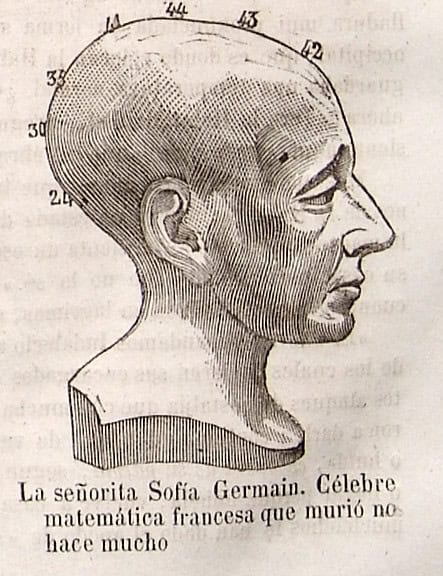
Sophie Germain was a self-taught mathematician who made significant contributions to number theory and elasticity theory. Living in 18th-century France, she faced considerable barriers due to her gender. Germain corresponded with famous mathematicians like Carl Friedrich Gauss under a male pseudonym to gain respect for her work. Her research on Fermat’s Last Theorem provided valuable insights for future mathematicians. Today, she is acknowledged as a pioneering female mathematician who overcame societal obstacles to make lasting contributions to her field.
Henrietta Lacks
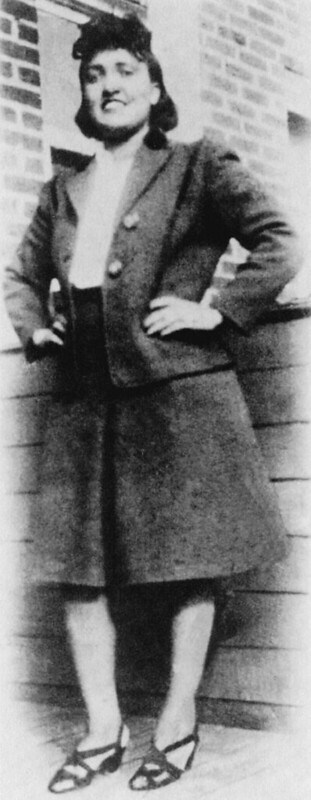
Henrietta Lacks, an African American woman, unknowingly became a crucial figure in medical research when her cancer cells were taken without consent in 1951. These cells, known as HeLa cells, were the first immortalized cell line and have been instrumental in countless medical breakthroughs, including the development of the polio vaccine and cancer research. Lacks’ story raises important ethical issues about consent and patient rights in medical research. Her legacy lives on through the ongoing contributions of HeLa cells to science. The recognition of her role has spurred discussions on ethics and justice in medical practices.
Mary Anning
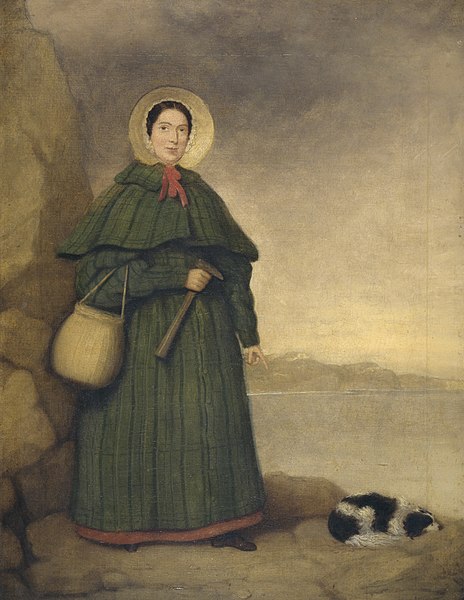
Mary Anning, a self-taught fossil hunter from England, made groundbreaking discoveries in paleontology during the early 19th century. Her findings included the first complete Ichthyosaurus and Plesiosaurus skeletons, which provided critical evidence for the emerging field of geology. Anning’s meticulous work and keen observations significantly advanced scientific understanding of prehistoric life. Despite her contributions, she faced considerable discrimination due to her gender and social class. Today, Anning is celebrated as a pioneering figure in paleontology, whose contributions were fundamental to the field.
Niels Bohr

Niels Bohr, a Danish physicist, made foundational contributions to understanding atomic structure and quantum mechanics. His model of the atom, introducing quantum theory, helped explain how electrons orbit the nucleus. Bohr’s work earned him the Nobel Prize in Physics in 1922. He also played a significant role in the development of quantum mechanics and the Manhattan Project. Bohr’s contributions continue to influence modern physics, demonstrating his profound impact on the scientific community.
Dr. Charles Drew
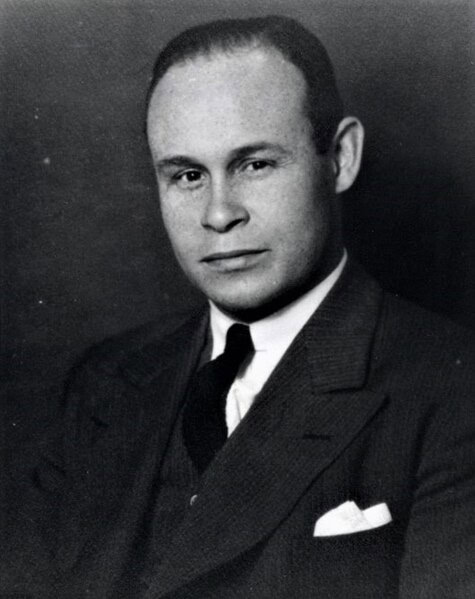
Dr. Charles Drew, an African American surgeon and medical researcher, developed improved techniques for blood storage and transfusion. His work during World War II saved countless lives by establishing blood banks and improving blood preservation methods. Drew’s innovations in blood storage laid the groundwork for modern blood banks. Despite his significant contributions, he faced racial discrimination throughout his career. His legacy is honored today for revolutionizing blood transfusion practices and saving lives.
Grace Hopper
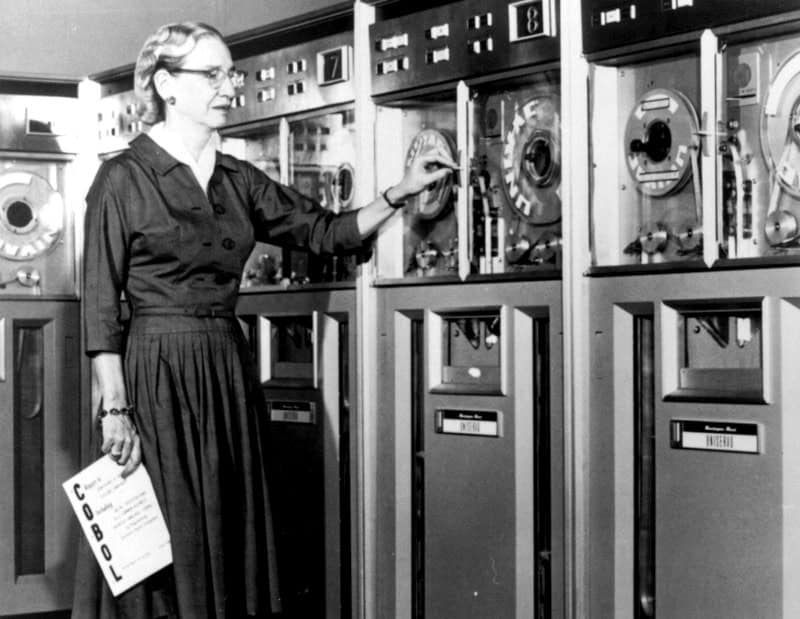
Grace Hopper, an American computer scientist and naval officer, was a pioneer in computer programming. She developed the first compiler, which translated written language into computer code, making programming more accessible. Hopper’s work led to the development of COBOL, one of the first high-level programming languages. Her contributions were critical in the early days of computing, helping to shape the field as we know it today. Hopper’s innovative spirit and dedication continue to inspire generations of computer scientists.
Fritz Haber
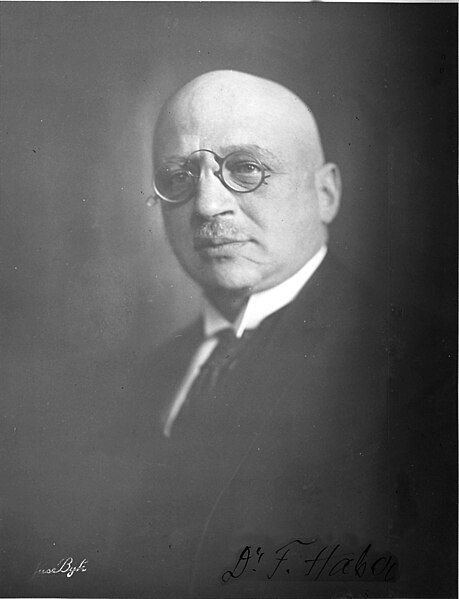
Fritz Haber, a German chemist, is known for his role in developing the Haber-Bosch process, which synthesizes ammonia from nitrogen and hydrogen. This process revolutionized agriculture by providing a way to produce synthetic fertilizers, dramatically increasing food production. Despite his contributions to agriculture, Haber is also controversial for his involvement in chemical warfare during World War I. His work highlights the complex legacy of scientific advancements. Today, the Haber-Bosch process remains a cornerstone of modern agriculture, demonstrating Haber’s lasting impact.
William Wilberforce
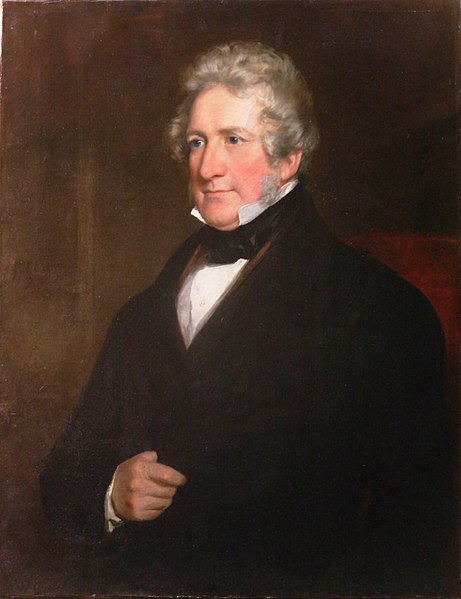
William Wilberforce, a British politician and philanthropist, was a leading figure in the movement to abolish the slave trade in the British Empire. His tireless efforts over two decades culminated in the passage of the Slave Trade Act of 1807. Wilberforce’s commitment to social justice extended beyond abolition, as he also championed various causes, including animal welfare and education. His legacy is celebrated for his unwavering dedication to human rights. The abolition of the slave trade marked a significant milestone in the fight against human exploitation.
Jan Ingenhousz
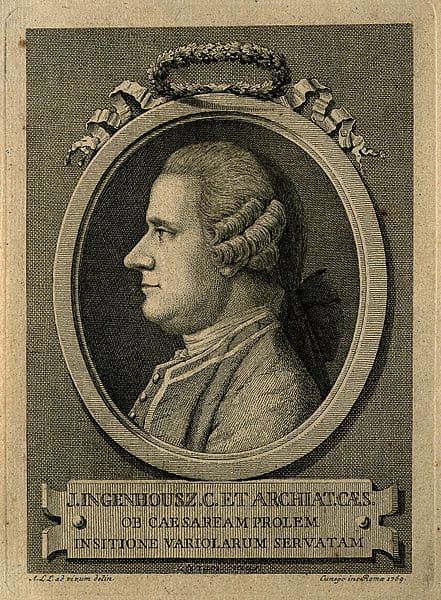
Jan Ingenhousz, a Dutch scientist, discovered the process of photosynthesis in plants. His experiments in the late 18th century demonstrated that plants absorb carbon dioxide and release oxygen in the presence of light. Ingenhousz’s work laid the foundation for understanding how plants contribute to the Earth’s atmosphere and sustain life. His discoveries were pivotal in advancing the field of botany and environmental science. Today, Ingenhousz is recognized for his crucial contributions to our understanding of plant biology and the Earth’s ecosystems.
George Washington Carver
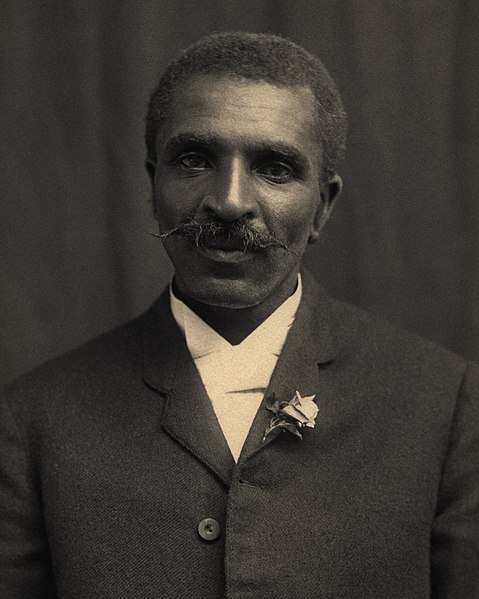
George Washington Carver, an American agricultural scientist and inventor, developed numerous products and techniques to improve soil health and crop yields. Carver’s work with crop rotation and alternative crops like peanuts and sweet potatoes revitalized agriculture in the southern United States. His innovations helped farmers improve their livelihoods and reduce dependency on cotton. Carver’s dedication to sustainable agriculture and education made a lasting impact on farming practices. He is remembered as a pioneer who transformed agriculture through his innovative research and advocacy.
This article originally appeared on Rarest.org.
More From Rarest.Org
The night sky is full of wonders, with constellations that have fascinated humanity for centuries. Some of these star patterns stand out due to their distinct shapes, mythical stories, and scientific significance. Read more.
Wine collections have always intrigued enthusiasts and collectors alike. The finest wines, often from renowned vineyards, can fetch astronomical prices at auctions. Read more.
Vintage fashion is back in the spotlight. From wide-legged jeans to chunky sneakers, old trends are making a big return. Read more.



